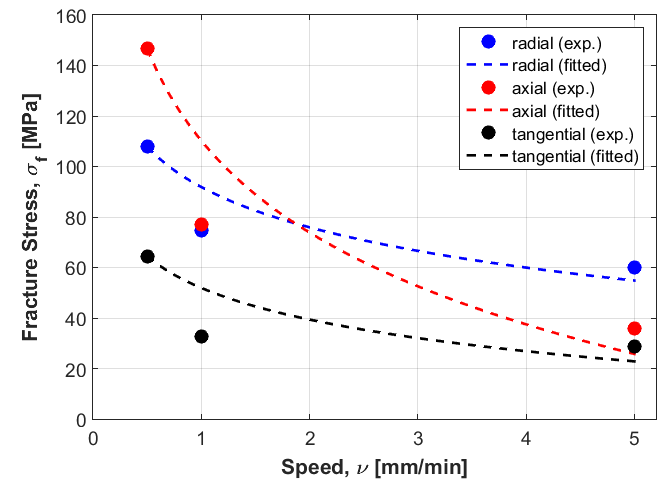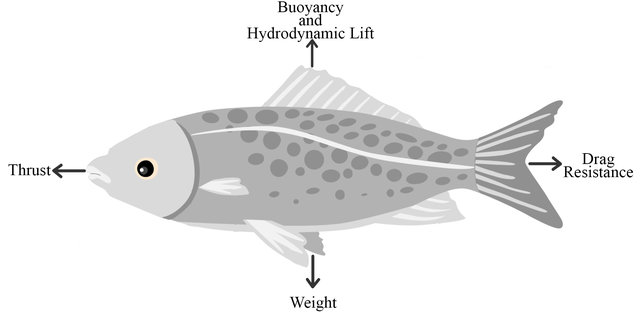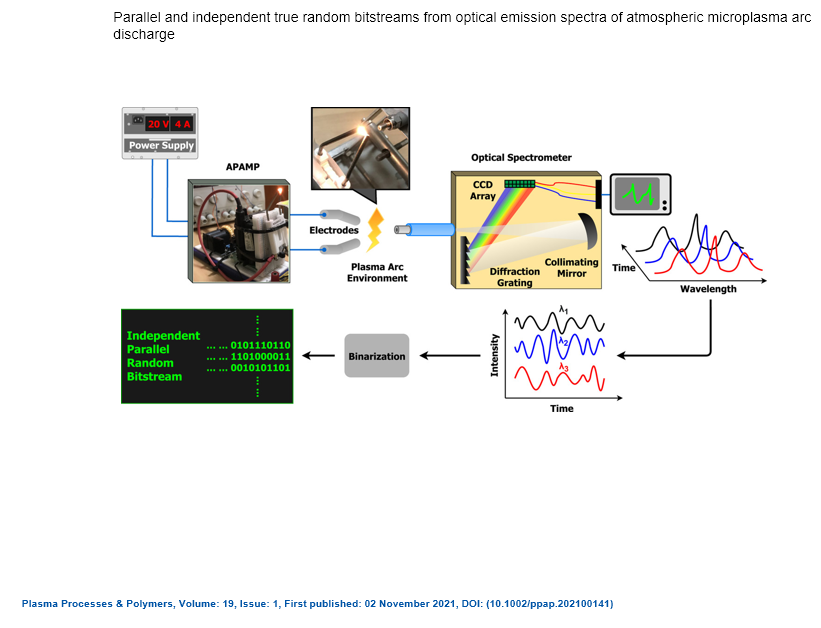
A logarithmic formulation for anisotropic behavior characterization of bovine cortical bone tissue in long bones undergoing uniaxial compression at different speeds
The mechanical properties of bone tissues change significantly within the bone body, since it is considered as a heterogeneous material. The characterization of bone mechanical properties is necessary for many studies, such as in prosthesis design. An experimental uniaxial compression study is carried out in this work on bovine cortical bone tissue in long bones (femur and tibia) at several speeds to characterize its anisotropic behavior. Several samples from different regions are taken, and the result selection is carried out considering the worst situations and failure modes. When considering different displacement rates (from 0.5 to 5 mm/min), three findings are reported: The first finding is that the behavior of bone tissues in radial and tangential directions are almost similar, which allows us to consider the transversal isotropic behavior under static loads as well as under dynamic loads. The second finding is that the failure stress values of the longitudinal direction is much higher than those of the radial and tangential directions at low displacement rates, while there is no big difference at the high displacement rates. The third finding is a new mathematical model that relates the dynamic failure stress with the static one, considering the displacement rates. This model is validated by experimental results. The model can be effectively used in reliability and optimization analysis in prosthesis design, such as hip prosthesis. © 2021 by the authors. Licensee MDPI, Basel, Switzerland.




